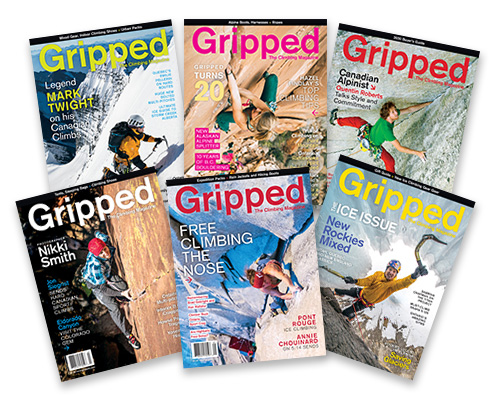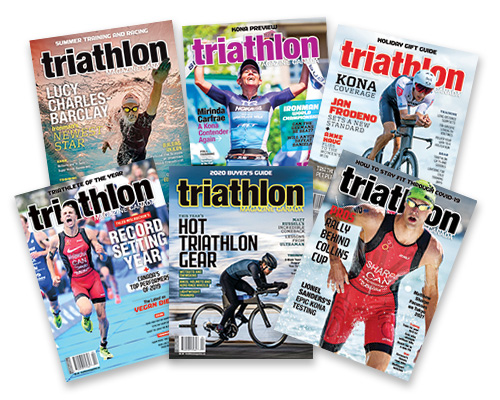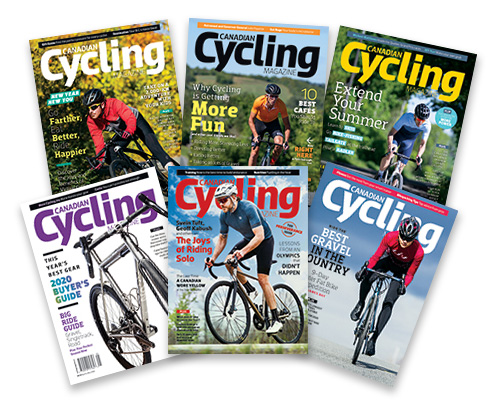I am a magazine nerd. I love reading them and collecting them. Hell, I love smelling them when they arrive from the printers. But a lot has changed in the media landscape in the past 20 years: there are significantly fewer titles out there and most media consumption is now taking place online.
Still, there are certain titles that continue to persist and that includes Gripped Magazine, the Canadian publication dedicated to rock climbing that launched in 1999. While larger American titles such as Climbing and Rock & Ice have ceased to print, the small Canuck mag keeps ascending, along with its sister publications Canadian Running, Canadian Cycling, and Triathlon Magazine Canada.
For the June KORE Outdoors Speaker Series, founder and publisher Sam Cohen discussed the outdoor media landscape and its radical transformation of print and digital publishing. He talked about what’s working, what’s fading, and how outdoor brands of all sizes can navigate today’s complex media ecosystem.

From MEC Dreamers to a National Publishing House
Sam began by sharing how Gripped was born. In the late 90s, he and co-founder Dave Chaundy-Smart were working at Mountain Equipment Co-op, taking every chance they had to travel and climb. Realizing there was no dedicated Canadian climbing magazine, they decided to create one. What started as a grassroots passion project grew into a stable of well-regarded titles that today reach audiences across North America.
Digital Dominance and the Shift in Business Models
A major theme of Sam’s talk was how the media business has dramatically pivoted from print to digital. While Gripped and its sister publications still produce magazines, the overwhelming majority of audience engagement and revenue now comes through digital platforms. Each of his websites received up to a million visitors each month, completely dwarfing print circulation.
Sam explained how this shift changed their internal structure. They once invested heavily in direct mail campaigns and subscriber lists; today, much of their editorial team is focused exclusively on producing web content. Meanwhile, the print magazines have evolved into more curated products, with long-form stories and carefully crafted narratives that contrast with the rapid-fire news cycle of the web. This dual approach allows them to serve both immediacy and depth, which is a balancing act many outdoor brands can learn from.

Advertising, Relationships, and Editorial Realities
When it comes to partnering with brands, Sam offered candid insight. Print ads still exist, but most investment now flows into digital placements, sponsored content, and broader campaigns that might span web takeovers, social posts, newsletters, and podcasts. However, he was clear that advertising trends are like fashion — always evolving. What matters most is building genuine relationships.
Sam stressed how crucial it is for small outdoor brands to communicate directly and consistently. Ghosting advertising reps or editors sends the wrong message, even if ad buys aren’t on the table. He noted that Gripped’s team is especially motivated to support Canadian-made products, provided the pitch aligns with what their readers care about. For brands hoping to land product reviews, his practical advice was to always come prepared with great photos, clear spec sheets, and thoughtful stories that make editors’ lives easier.

The Future: Newsletters, Content Partnerships, and Staying Human
Looking ahead, Sam sees both challenges and opportunities. AI-driven search tools are already disrupting how people discover articles, reducing clicks from platforms like Google. In response, his company is doubling down on building their own direct newsletter audiences. This channel allows them to reach readers reliably without relying on algorithms.
He also spoke about the renewed interest in high-quality, human-made content. In a world awash with automated filler, readers still crave authentic storytelling, expert analysis, and passionate voices. Sam believes this is where specialized outdoor publications, with knowledgeable staff and real community ties, hold a clear edge. For smaller brands, he sees immense value in content partnerships that combine articles, videos, and social campaigns but he emphasized they should start by clarifying their goals, whether it’s brand awareness, direct sales, or thought leadership.
Overall, Sam Cohen’s session was a practical, refreshingly honest look at the modern outdoor media landscape. He showed that while platforms and metrics evolve, the fundamentals of building trust, telling great stories, and fostering personal connections still matter most. For Kootenay gear makers seeking to amplify their voices, that’s advice well worth taking to heart.
